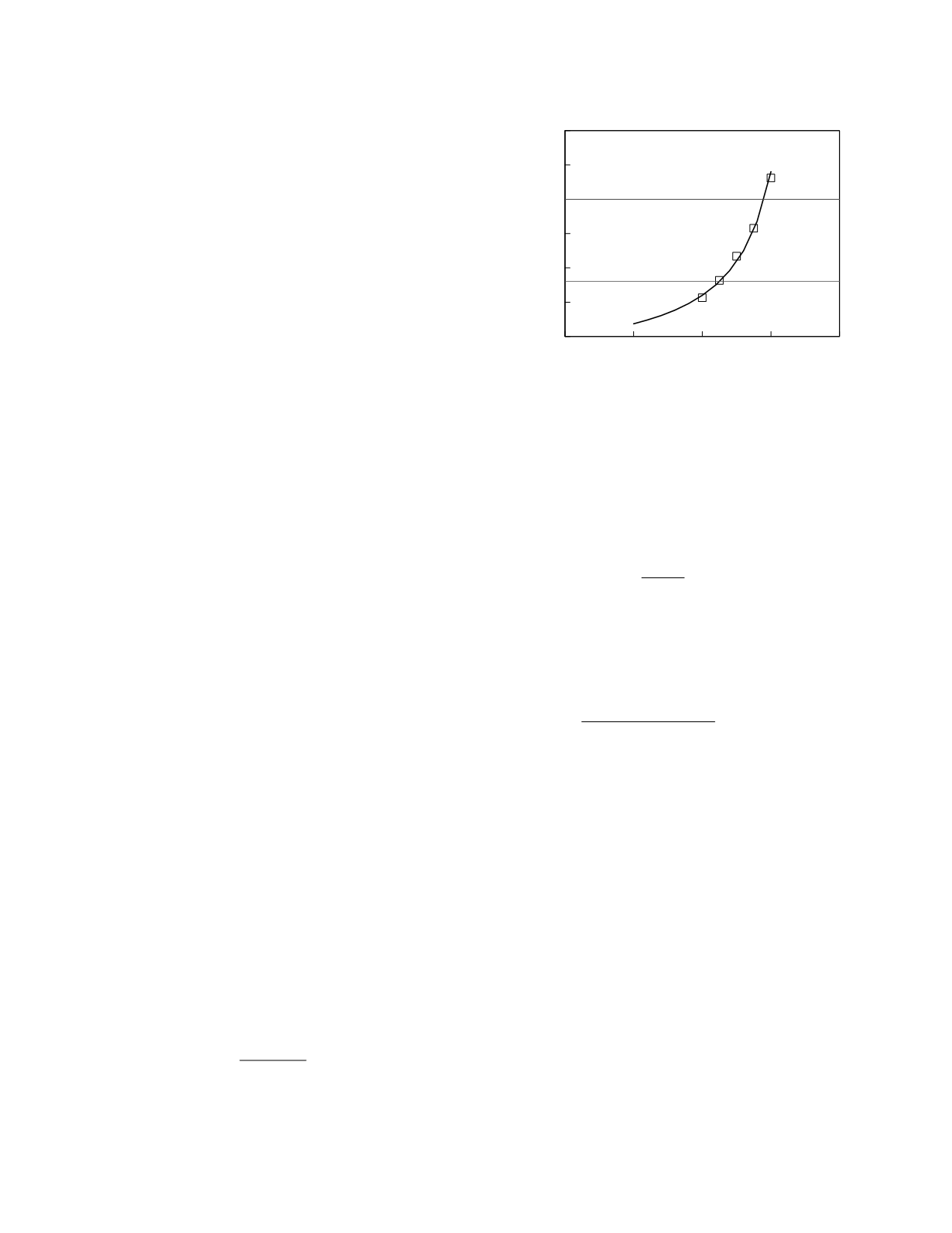
symptomatic concentrations, especially in the setting
of renal insufficiency, so their concentrations are
monitored during such therapy.
Plasma protein binding.
Many drugs bind to
plasma proteins. The most important of these bind-
ing proteins are albumin, which has three different
drug binding sites per molecule, and
α
1
-acid glyco-
protein, the binding protein for lipophilic basic drugs
(Hervé
et al.
1994). Drugs that bind to plasma
proteins circulate in two forms, as unbound drug and
protein-bound drug. When blood passes through a
tissue, unbound drug is removed from the plasma
due to diffusion into the tissue and binding to tissue
constituents. Other than in the liver and kidney, the
amount of drug removed from the plasma is typically
so small that there is little effect upon the plasma
equilibrium between the unbound and protein-bound
forms. Thus, tissue drug concentration at the sites
of drug action is determined largely by the unbound
drug concentration in the plasma. The physiologic
effects of protein-bound drugs should, therefore,
correlate better with the plasma concentration of
unbound drug than with the plasma concentration of
total drug. On the other hand, clinical experience
has shown that, most of the time, total drug concen-
trations perform just as well as unbound drug
concentrations as measures for therapeutic drug
monitoring. The measurement of unbound drug
concentration is more informative than the measure-
ment of total drug concentration only for drugs that
are highly protein-bound, that have narrow therapeu-
tic indices, and that show considerable variability in
their extent of binding and only in patients who have
diseases likely to cause altered protein binding, who
are taking drugs known to interact with the protein
binding of the monitored drug, or who show clinical
effects that are unexpected based upon measurement
of total drug concentration (MacKichan 1992).
Nonlinear plasma kinetics
Because hepatic metabolism is enzyme
catalyzed, it is saturable, meaning that, with increas-
ing plasma drug concentrations, the rate of metabo-
lism is less than proportional to the concentration. It
is natural to describe the saturability using the
Michaelis-Menten model,
elimination rate
=
Vmax
Km
+
C
(
t
)
C
(
t
)
where Vmax is the maximum elimination rate, that
attained at very high drug concentrations, and Km is
the Michaelis-Menten constant, the drug concen-
tration at which the elimination rate is half maximal.
According to this model, kinetic linearity implies
that plasma drug concentrations are usually well
below the Km of the metabolizing enzymes, giving,
elimination rate
=
Vmax
Km C
(
t
)
Kinetic nonlinearity arises if the plasma drug con-
centrations approach or exceed the Km. Rearrange-
ment of the Michaelis-Menten model for the steady
state, in which elimination rate equals dosing rate,
gives,
C
ss
,
avg
=
Km
Vmax
−
dosing rate dosing rate
This equation reveals that C
ss,avg
is not proportional
to dosing rate but, instead, increases more than
proportionally with increases in the dosing rate.
An example of this form of kinetic nonlinearity
is shown in Figure 12.11. The graph shows the
steady-state trough plasma phenytoin concentrations
for a patient who took the drug at each of several
dosing levels (data from Richens and Dunlop 1975).
The curve was generated by fitting the preceding
equation to the subject’s data (substituting trough
concentration for average concentration). Notice
how the kinetic nonlinearity of this drug produces
extremely steep increases in steady-state plasma drug
concentrations as the dosing rate is increased. The
usual starting dosing rate for phenytoin is 200 to 300
mg/day so the kinetic behavior shown in the figure
occurs at typical doses. For this reason, therapeutic
drug monitoring is invaluable when treating a patient
with phenytoin (Yukawa 1996).
Drug Therapy
12-16
0
100
200
300
400
Phenytoin dose (mg /day)
0
25
50
75
100
125
150
Phenytoin concentration (µmol/L)
Figure 12.11
Steady-state trough serum phenytoin con-
centrations in a patient who received the drug at various
dosing rates. The therapeutic range is indicated.


